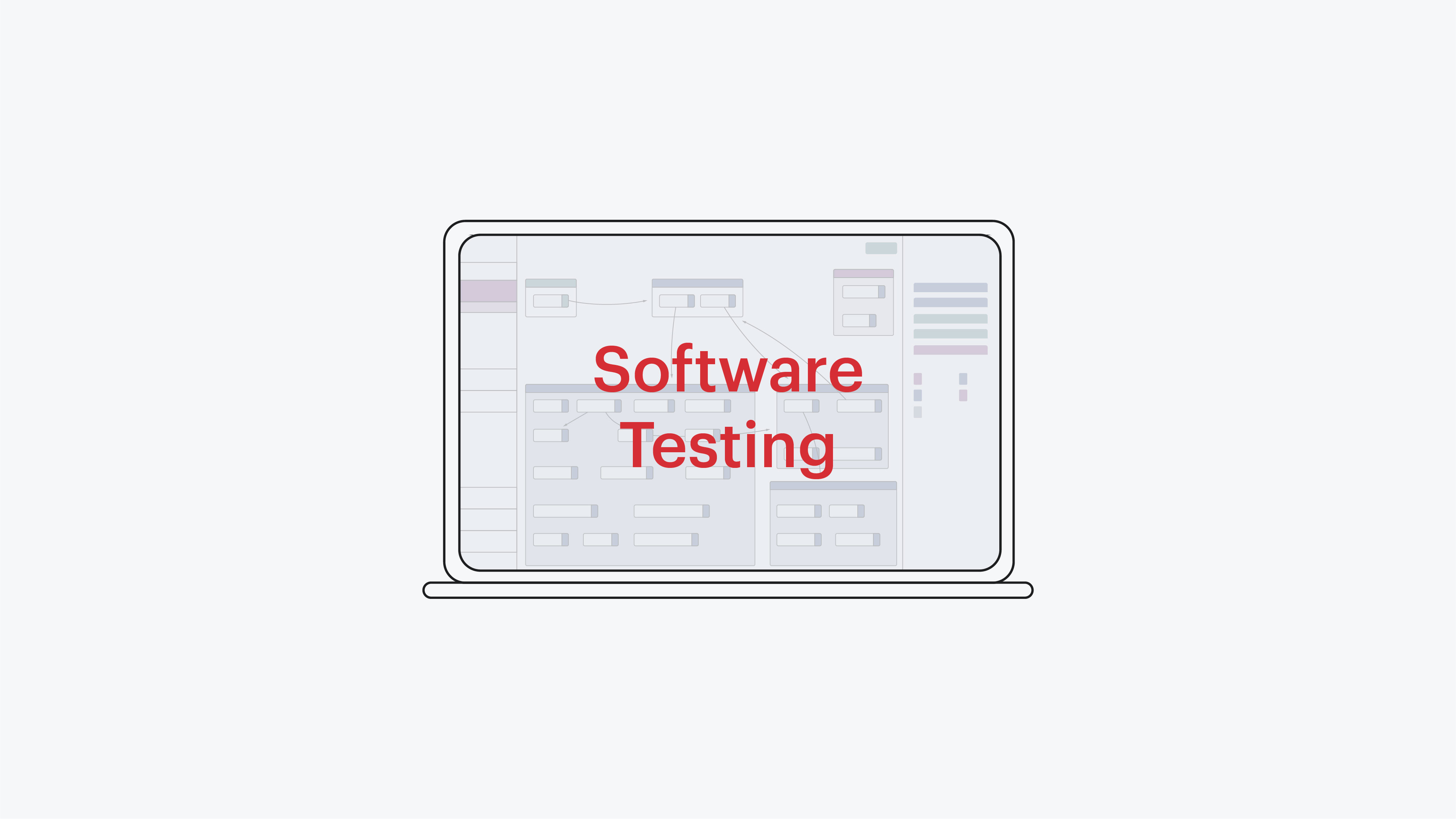How to Automate Retail Point-of-Sale (POS) Testing

Automating retail POS software testing
Automating POS testing and quality assurance, including secure payment transactions and interface to back-end systems, requires an automation system with advanced computer vision to emulate user behavior and verify system outputs. An effective automated retail software testing solution also integrates with a physical robotic system to trigger secure payment activities.
With this configuration, the automated software testing solution can validate POS terminal functionality, connected peripheral performance, and interactions with back-end store and chain systems, such as inventory management, customer relationship management, supply chain, enterprise resource planning, and more.

Automated POS testing solution
See demo of automated retail POS testing
Explore products and features in our automated POS testing solution
Intelligent computer vision
Use intelligent graphical user interface testing from the user's perspective to ensure accessibility and retail software functionality.
Any platform
Use Eggplant Test to validate interoperability for complex backend integrations, POS software, and peripheral devices.
Model-based testing
Ensure accurate and reliable POS software testing with Eggplant’s model-based testing, which helps predict how a POS system will behave under various conditions.
Discover POS testing resources and insights
Additional resources for retail software testing
Related use cases
Frequently asked questions about POS testing
Keysight Eggplant tests functionality across operating systems and hardware platforms from the end user's perspective, using machine learning (ML) to recognize images and read text. Built-in automation intelligence shows what tests are complete and what testing is necessary to ensure complete test coverage of POS systems, integrations, and in-store hardware. Being technology-agnostic, Keysight Eggplant can combine the testing of any POS terminal, whether it's Toshiba or Oracle Retail Xstore running on Linux or Windows, as well as payment terminals and other peripheral devices.
Traditional automation tools test from the programmer's perspective, focusing on one technology layer on a specific device. As a result, testers must know various programming languages and juggle multiple testing tools.
Keysight Eggplant Test connects to robotics to test human interactions with peripheral devices. It can simulate touch points that involve human actions, such as using a credit card terminal, reading a receipt, or closing the cash drawer on the register. For example, Keysight Eggplant Test uses computer vision during testing to read the user interface with a web camera positioned above the credit card terminal. When the display shows "Insert card," Eggplant reads the text, makes an API call to the robot's Python controller, and instructs it to insert the payment card. Keysight Eggplant Test can also control a stylus to press the buttons on the credit terminal and an actuator with a robot finger to close the cash drawer.
A test environment or lab typically consists of multiple POS terminals and devices called lanes. Each tester uses Eggplant Functional to build and test automation scripts in SenseTalk. Keysight's Eggplant Test can connect to the POS system via RDP, VNC, or KVM. NetOp can connect specific POS terminals from IBM and Toshiba 4690 to access the 4690 controller. Keysight Eggplant Test lists each POS lane, enabling testing teams to run and schedule multiple tests in parallel across numerous POS devices.
Keysight Eggplant Test features a server that hosts comprehensive results for every test iteration and offers advanced analytics for each test case and historical run.
These results document each step of the end user's interaction with the POS system that Keysight Eggplant Test orchestrates. If required, it can record screenshots of the test to show exactly what happened, play-by-play.
Users can access a range of analytics for tests performed over time via a dashboard. For example, the coverage report provides details of successful tests that Eggplant has executed, representing test coverage via a heat map.
The artificial intelligence capabilities driving Keysight Eggplant Test use ML algorithms to analyze tested areas and optimize future run prioritization. This technology also powers the exploratory mechanism to generate all test cases, highlight the total test number, and predict the time required to execute all tests. This information can determine whether the software is ready for release based on success criteria.
The dashboard also contains error reports displaying which areas of the application have failed. Quality assurance (QA) managers and testers can investigate test runs at a glance. Different colors indicate failure rate, ranging from white, meaning no failures, to red, indicating no recorded passes.
The QA summary screen also provides a graphical overview of all the tests conducted over the previous few days to help quickly identify problems.
Get in touch with one of our experts
Need help finding the right solution for you?



